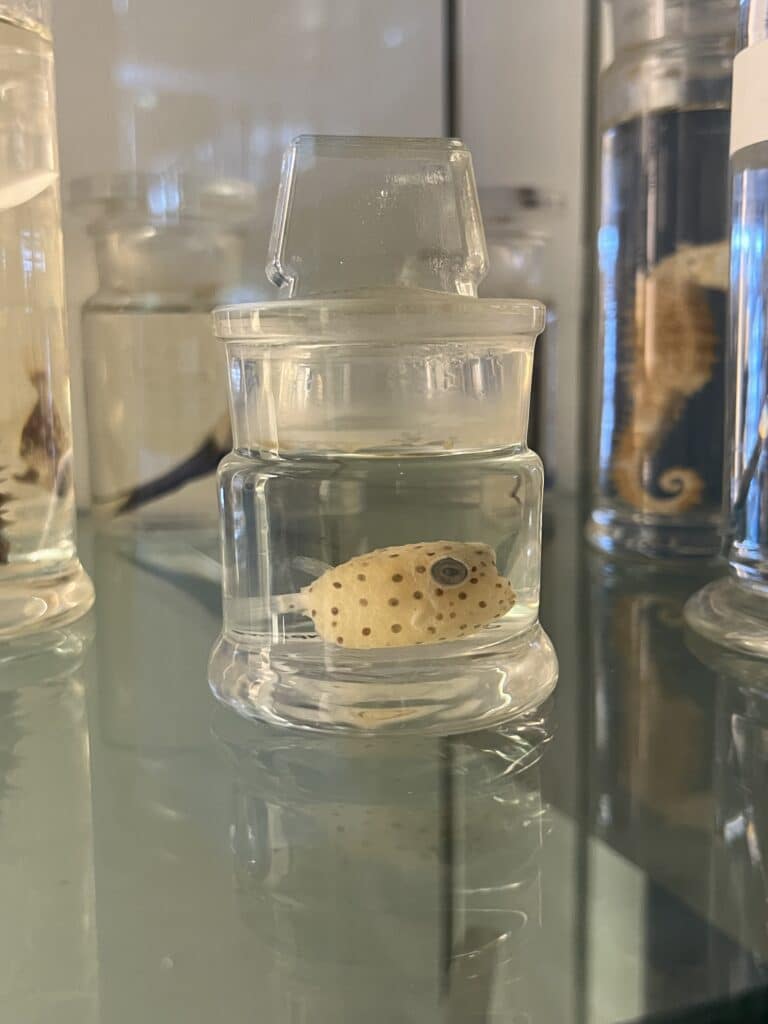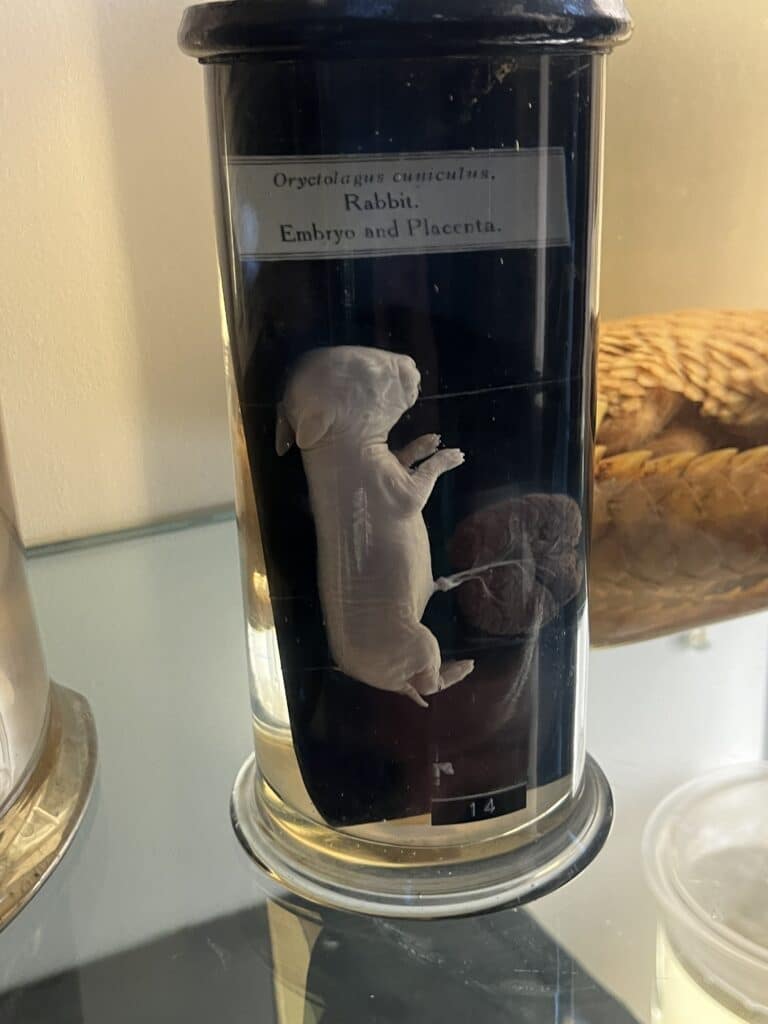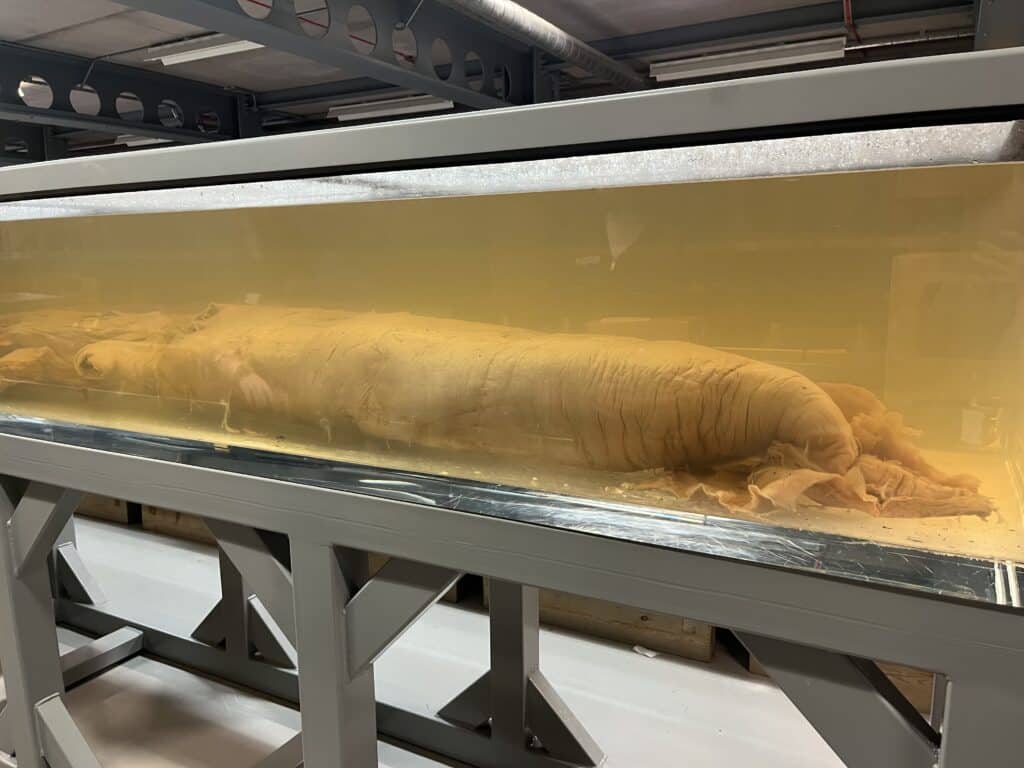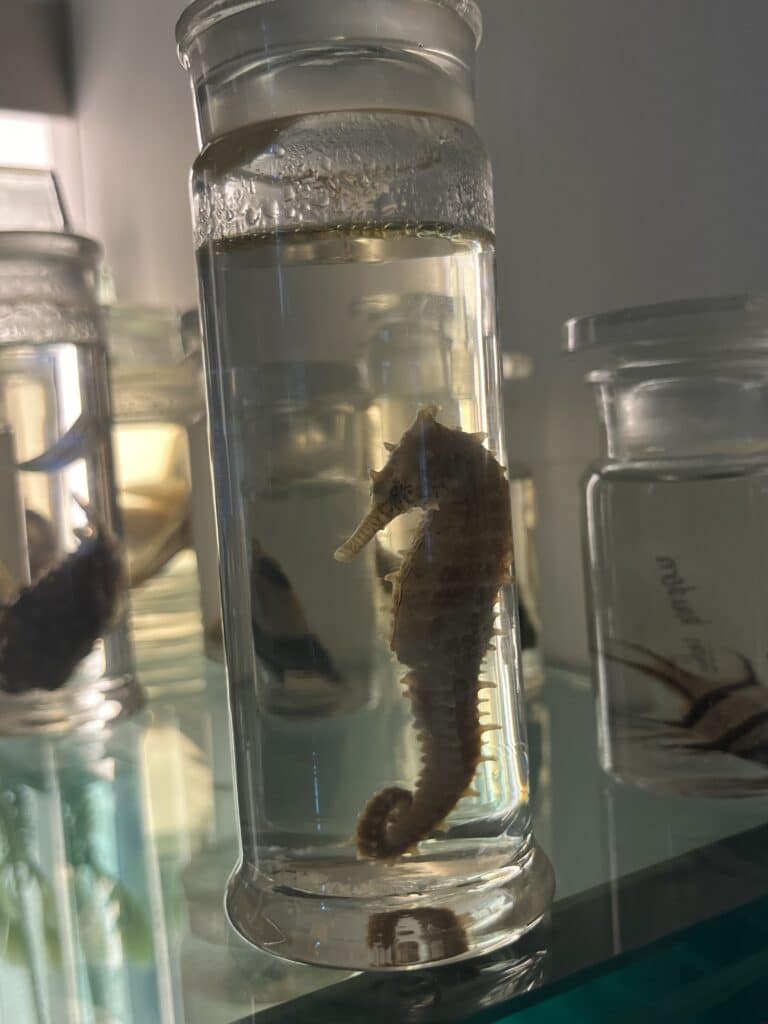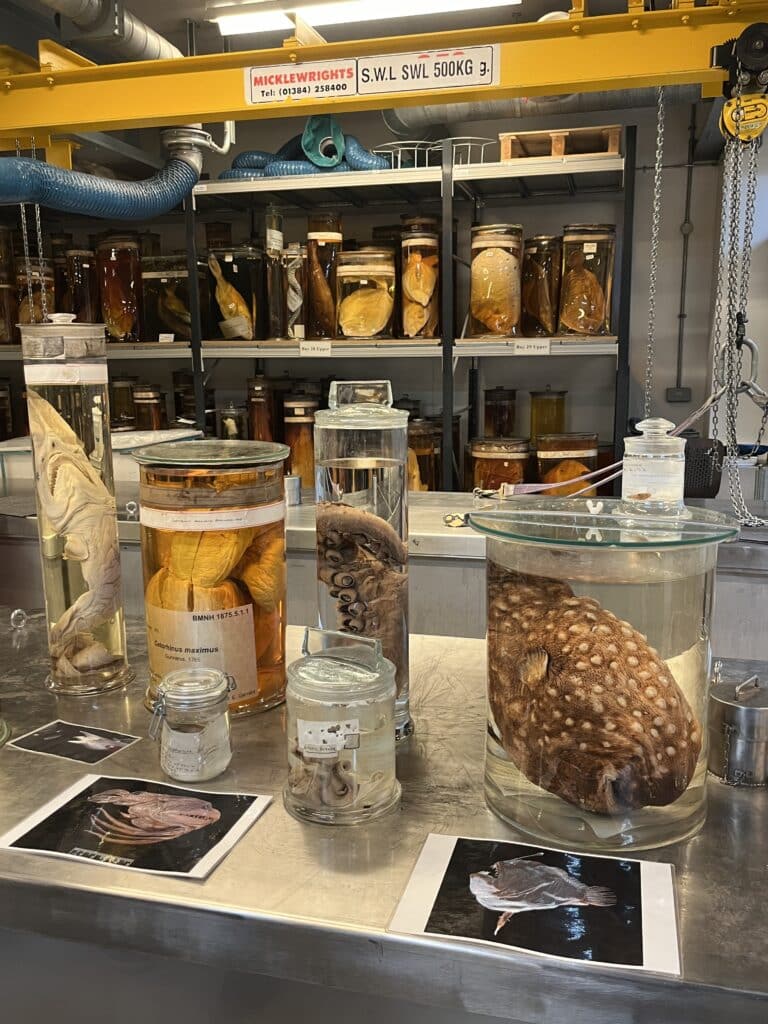Exploring evolution at the Natural History Museum
MPW London is so fortunate to have such illustrious neighbours. The Spring Term included several trips to the Natural History Museum for Year 12 and 13 Biology students.
By Ross Cater, Head of Biology
On the 1st February, Year 13 Biology students at MPW London made the short trip to the Natural History Museum to see exhibits related to the topics of evolution and classification.
They visited the Treasures section where students were able to find out how pigeon breeding informed Darwin’s ideas on natural selection, what inspired Alfred Russell Wallace to come up with the same ideas as Darwin and some of the important artefacts that show evidence for evolution.
They investigated an expedition to retrieve Emperor Penguins eggs in Antarctica to establish an evolutionary link between reptiles and flightless birds based on embryo morphology. This was later recounted in a book The Worst Journey in the World, where the researchers found their bodies shaking with cold so much that they ‘thought their bones would break’. The survivors of the expedition donated the eggs to the Natural History Museum who were uninterested in them as the theory had been widely discredited by this time.
Students also visited the Zoology spirit building where they attempted to classify specimens such as an octopus, leech, hawksbill turtle and giraffe into the correct taxonomic group. Finally we looked at the human evolution exhibit where we discovered why all humans (apart from those whose ancestors have never left Africa) have approximately 2% neanderthal DNA. This fairly recent discovery challenges the idea of humans and neanderthals being separate species. The students also found themselves face-to-face with a detailed reconstruction of Homo neanderthalensis and an early Homosapien, which some of the group found rather uncomfortable!
By Jessica Viltaki
On Wednesday 13th March, Year 12 Biology students had the opportunity to go behind the scenes at the Natural History Museum to view the ‘spirit collection’ in order help them with their classification knowledge. This collection exhibits some of the oldest samples of species stored in alcohol to keep them preserved; many date back to the late 1600s. There were also fascinating exhibits collected by Charles Darwin himself on his voyages in the 1830s.
The students enjoyed seeing how the specimens are stored, their history and when and how they were collected. A particular highlight was viewing Darwin’s own collections, which included his pet turtle! One sample that seemed to grab the attention of the students was the giant squid; an 8.6 meter specimen stored in a glass container, which was brought to the museum when it was accidentally caught in a fishing net.
The tour guides were very helpful and explained the naming system (taxonomy) for the species, and how the preserved specimens were treated and what they were used for. They also answered the many insightful questions the students raised.


